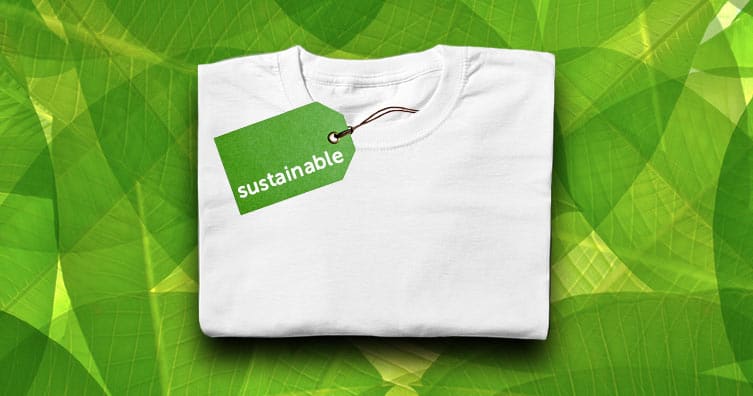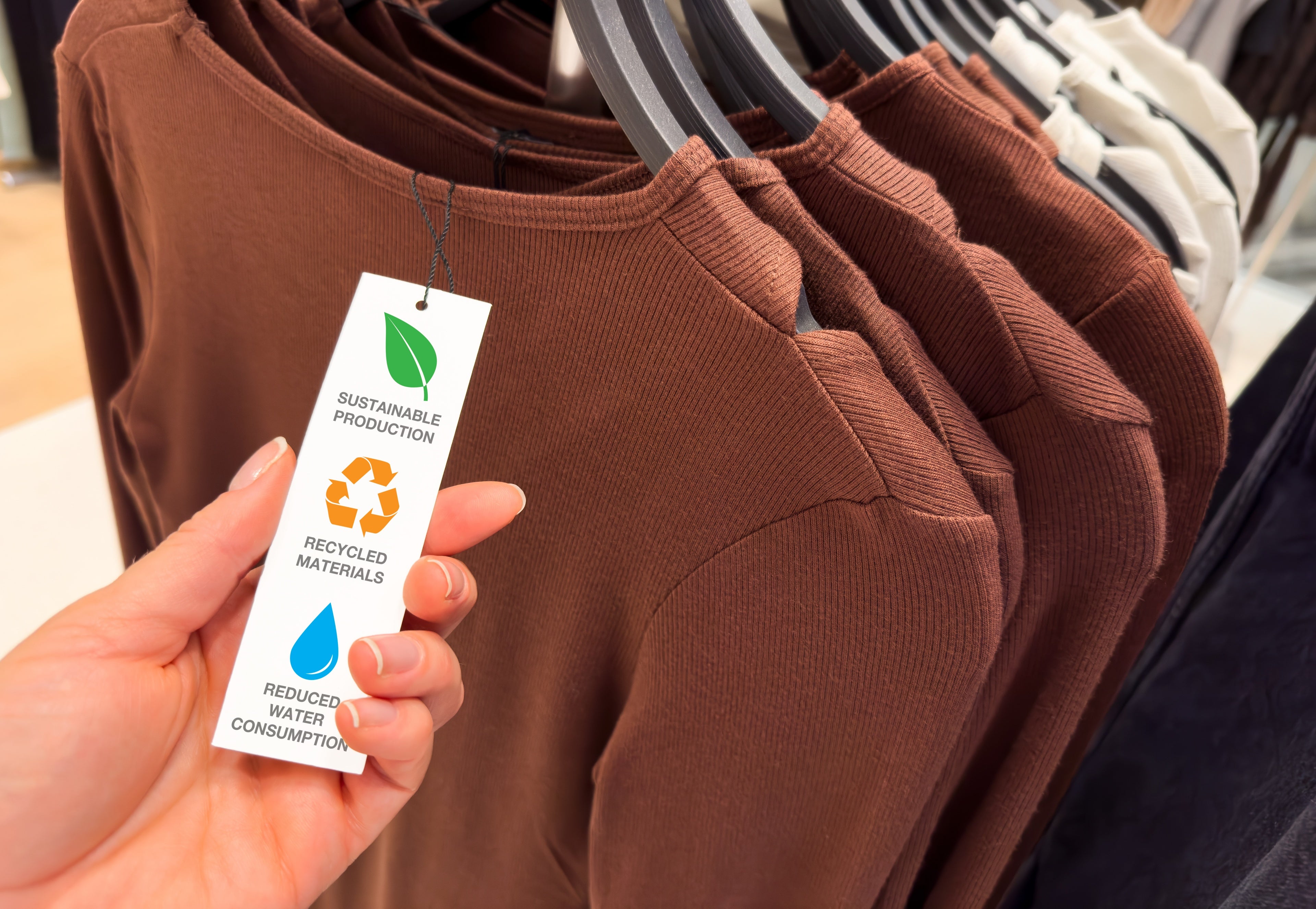Keep Ahead of the Contour by Checking Out Innovative Fashion Trends
In a market as dynamic as fashion, remaining in advance entails greater than simply adhering to existing fads-- it requires an exploration of advancement. Smart textiles, as an example, are changing garments right into practical work of arts, while 3D printing is reinventing style processes with its customizable, waste-reducing capabilities. As sustainability ends up being a keystone, technologies like environment-friendly products and circular style techniques are improving ecological duty - Cape Town Sustainable Fashion. In addition, the merging of innovation and fashion declares a brand-new age of customer engagement. Just how, after that, can these emerging patterns redefine the future of style, and what implications do they hold for brands seeking to prosper in this advancing landscape?

Embracing Smart Textiles
In recent times, the apparel industry has actually seen a transformative change with the integration of wise textiles, a sophisticated technology that mixes modern technology with fabric. This evolution stands for not just a blend of aesthetic appeals and performance but likewise a substantial jump in the direction of sustainability and customization in vogue. Smart fabrics, additionally referred to as e-textiles, installed innovative electronic devices such as sensing units and conductive strings within the textile, allowing garments to interact with the user or the setting.
These textiles are developed to keep track of physiological criteria, such as heart price or body temperature level, giving real-time wellness analytics. Past health and wellness applications, wise textiles are additionally being used for adaptive garments, which can change shade or pattern in reaction to ecological stimulations, hence supplying a vibrant fashion experience.
Furthermore, the development of energy-harvesting fabrics that create power from movement or sunlight is leading the way for self-dependent wearable modern technology. This technology is attracting ecologically conscious consumers and developers aiming to reduce the eco-friendly impact of fashion. As r & d in this field advance, clever textiles are anticipated to come to be progressively prevalent, improving the landscape of contemporary fashion with their multifunctional capacities.
The Increase of 3D Printing
Revolutionizing the production landscape, 3D printing has become a game-changer in the apparel industry. This sophisticated modern technology has enabled developers to push the limits of creativity, generating elaborate and tailored garments that were formerly unthinkable. By leveraging digital style and additive production, 3D printing helps with the production of complicated geometries and patterns, allowing developers to explore new appearances and structures.
A remarkable advantage of 3D printing in style is its capacity to create on-demand, decreasing waste and lowering stock demands. This efficiency not only enhances manufacturing procedures however additionally enables for rapid prototyping, making it possible for designers to bring their visions to life in a shorter duration. Furthermore, 3D printing supports modification to a degree unrivaled by typical techniques, using customized fits and special designs tailored to individual consumer choices.
The surge of 3D printing has likewise equalized fashion, making it easily accessible to arising developers that can currently produce high-grade pieces without considerable financial investment in conventional manufacturing facilities. As innovation remains to development, the fashion business is poised to harness the complete potential of 3D printing, exploring new materials and techniques that will most certainly redefine just how style is developed and produced.
Lasting Fashion Developments
As the apparel industry grapples with the pressing requirement for environmental duty, sustainable fashion innovations have arised at the center of transformative modification. The growing recognition of eco-friendly effect has sustained a change towards even more eco-conscious techniques and products. Brand names and developers are now prioritizing sustainability, integrating techniques that minimize waste and minimize carbon footprints.
One considerable development is the increase of round fashion, which stresses recycling and upcycling to extend the lifecycle of garments. This strategy not only minimizes waste resource however also motivates customers to embrace an extra mindful strategy to clothes usage.
One more advancement depends on the adoption of ingenious dyeing techniques that use all-natural dyes or waterless procedures, thus lowering the vast amounts of water and chemicals typically made use of in textile dyeing. Additionally, advancements in biotechnology have actually led to the creation of lab-grown leather and textiles, supplying cruelty-free and ecologically friendly options to standard products. Via these introducing efforts, the garment industry is making meaningful strides in the direction of an extra sustainable future.

Tech-Integrated Clothing
Tech-integrated apparel represents a revolutionary blend of style and modern technology, reshaping how people engage with their garments. This ingenious domain is noted by the incorporation of clever textiles and ingrained electronic elements, enhancing both capability and aesthetic appeal. From health and fitness trackers embedded in sportswear to heated jackets controlled through smartphone applications, tech-integrated garments offers customers extraordinary ease and versatility.
Introducing brand names are driving this fad, focusing on creating garments that react to ecological stimulations or customer commands. For example, some garments can alter color or pattern in reaction to temperature level changes, while others include biometric sensing units to check wellness metrics like heart price or stress and anxiety degrees. The seamless combination of modern technology right into fabrics additionally includes ecological sustainability, with efforts to develop self-cleaning materials or garments that get used to climate condition, thus reducing the need for numerous layers.
In addition, the arrival of wearable modern technology is not simply limited to clothing yet extends to devices like watches and eyewear, further expanding the range check my blog of tech-integrated style. As the sector continues to introduce, the capacity for modification and customization in clothing grows, providing consumers one-of-a-kind, tech-enhanced fashion experiences that satisfy their private demands and preferences.
Future of Virtual Fashion
Over the last few years, the future of virtual style has become a transformative pressure within the sector, leveraging developments in electronic modern technology to redefine just how style is produced, experienced, and taken in. By integrating augmented fact (AR), online fact (VR), and 3D layout devices, designers can now craft interactive and immersive experiences that transcend typical style borders. Virtual style enables the development of garments that exist exclusively in electronic settings, supplying endless possibilities for innovation without the constraints of physical production.
This electronic change not only offers chances for innovative expression yet also addresses sustainability concerns inherent in traditional fashion practices. Cape Town Sustainable Fashion. By removing the demand for physical resources, online fashion decreases waste and minimizes carbon footprints. Furthermore, the rise of digital fashion aligns with the increasing consumer demand for individualized and special experiences, as virtual garments can be personalized and tailored to private preferences easily

Conclusion
The fashion sector's future lies in the integration of lasting techniques and cutting-edge innovations. Virtual style is positioned to redefine consumer interactions.
In current years, the fashion market has witnessed a transformative change with the assimilation of smart textiles, an advanced technology that mixes technology with textile.As the fashion sector grapples with the pressing demand for environmental obligation, lasting style technologies have emerged at the leading edge of transformative change.In recent years, the future of digital fashion has actually emerged as a transformative pressure within the sector, leveraging developments in digital innovation to redefine just how fashion is produced, experienced, and consumed. The increase of digital fashion aligns with the enhancing customer demand for individualized and one-of-a-kind experiences, as digital garments can be personalized and tailored to private preferences with simplicity.
The style market's future lies in the combination of innovative innovations and lasting techniques.